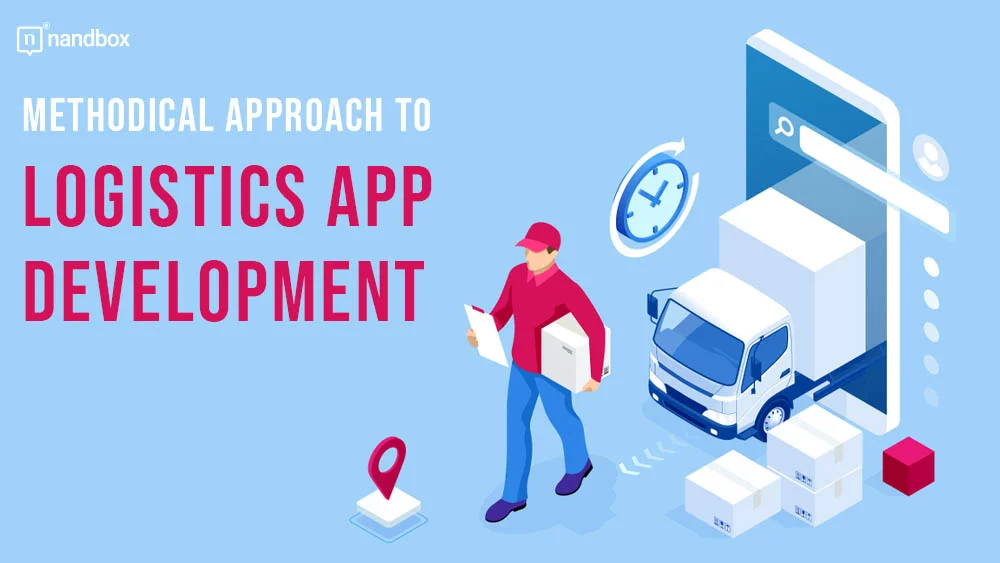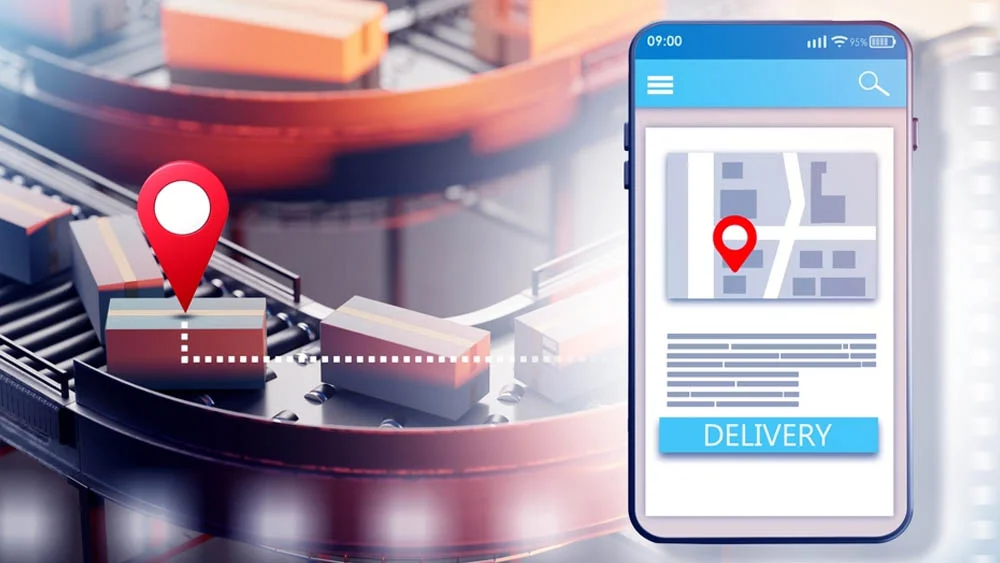How much time do your freight brokers spend looking over the load board? Do you always have to deal with some of your truck drivers driving empty? It seems that you should invest in mobile app development for logistics. Even the commercial situation seems promising: revenue from the US-connected logistics business is predicted to reach US$16.5 billion by 2033, a meteoric rise. However, if you’re unsure where to begin, understanding the development process might help you make sense of it all.
Types of Mobile Applications for Logistics
The vast field of logistics includes everything from delivery and transportation to inventory control and storage. Before you start looking for your future partner among the many logistics software development services, you should decide on the type of future application. Therefore, a wide variety of mobile app types may assist with logistical operations:
Apps for Fleet Management
Businesses can track and keep an eye on their drivers and cars with the help of fleet management applications. GPS monitoring, driver performance metrics, vehicle maintenance warnings, and routing/navigation are some of the important features. Fleet applications facilitate asset and route optimization and provide insight into day-to-day operations.
Apps for Warehouse Management
Warehouse applications include capabilities for picking and packaging, orders, inventory, and workflow management. For hands-free use, they may be integrated with speech technologies, RFID, and barcode scanners. By tracking inventory in real-time, warehouse applications may increase accuracy and productivity in warehouse jobs.
Apps for Monitoring Deliveries
Delivery tracking applications allow customers to see the location and status of deliveries in real-time. Drivers scan parcels and update the status using a companion app. Tracking applications guarantee on-time performance and provide insight into the delivery process.
Apps for Route Optimization
Applications for route optimization employ GPS data and algorithms to determine the best routes and orders for deliveries and pickups. They account for distance, traffic, fuel prices, and other factors. Logistics firms may increase production and save distance by using route optimization. For comprehensive trucking app development, exploring guides and resources can ensure that your app includes essential features and is optimized for efficiency and user satisfaction.
Applications for Load Boards
Load board applications allow shippers and carriers to match loads to available capacity. They also provide resources for carrier evaluations, cargo tracking, bidding, posting, and booking. Thus, load boards improve fleet and asset utilization. Many transportation companies partner with a specialized logistic software development company to create custom load board solutions that integrate seamlessly with their existing fleet management systems.
Apps for Customs Brokerage
Customs brokerage applications provide document management, compliance tools, duty calculators, and status notifications to help with customs clearance. They provide quicker customs procedures and shorter wait times for global logistics.
A Methodical Approach To Developing Logistics Applications
Let’s take a closer look at the logistics app development process:
App Locator
Outlining your company’s goal and reach will be necessary in the beginning to develop a plan. A detailed understanding of the requirements will result in an obvious image of the appropriate logistics application. The app’s functionalities and technological stack also establish a solid foundation for logistics mobile app development.
Development of MVPs
It’s time to put your app’s ideas into practice when you’ve discovered them. Moreover, the ideal way to design and launch a product is to work with an MVP app development business. Starting product testing early and presenting it to clients in less time and money is probably the fastest way to cut these costs and timeframes.
Designing UI/UX
After definition, you need to know what should be in your program and how it functions. Now is the time to create an elegant and user-friendly user interface that will appeal to your target consumers. Because of this, your developers’ logistics must follow the necessary steps to create an app with a user-friendly UI/UX design.
Development of Apps
After successfully completing the app design, the next step should be to begin executing the logistic app development process’s programming code. Additionally, you may use third-party apps and an appropriate tech stack to introduce all the features and screen transitions.
App Upkeep And Testing
To guarantee the finest outcomes, the application function must be checked, and any problems must be fixed. Thus, testing the mobile app is the most important stage before releasing the product on the market. You may also make sure the app runs well by maintaining or updating it in accordance with the most recent industry trends.
Conclusion
Developing a logistics app is a process rather than a final goal. It’s an ongoing process of invention and progress. Working with an experienced logistics application development business will enable you to take this step and produce a unique app that satisfies your requirements. You will pick up new knowledge and explore fresh opportunities along the route. Additionally, you’ll connect with others who are as passionate about technology and logistics as you are. Most significantly, however, is that you’ll produce something that might really change the world.




